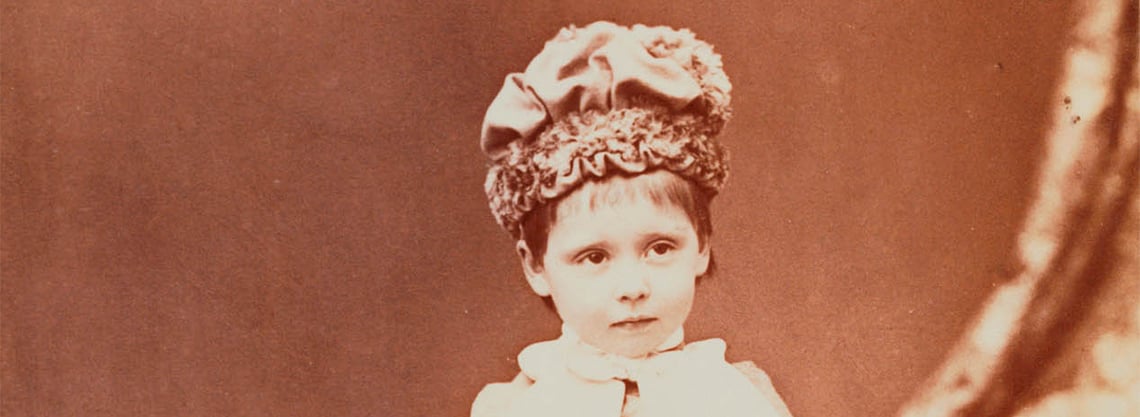
Daguerreotypes and Early Photography
On 7 March 1842 Prince Albert, while in residence at the Brighton Pavilion, decided to pay a visit to William Constable, who had a photographic portrait studio in the town. The two daguerreotypes produced during this visit are the first known photographs of a member of the British Royal Family.
Prince Albert’s ambition was, quoting from his biography by Sir Theodore Martin (published in 1875-80), to become a patron of 'artists…men of learning and science'. The public demonstration of his interest in science and technology, as well as in the arts (such as being invited in 1843 to become President of the Society of Arts), ultimately gained him the support and the approval of the British people.
The Prince played a significant role in the promotion of the Great Exhibition of 1851 which included a rich collection of photographs, some of which have become part of the Royal Collection. The success of the exhibition might have been a factor in persuading a reluctant William Henry Fox Talbot to give up his restrictive patent which was affecting the commercial use in Britain of the photographic process he had invented, known as the calotype process. These factors, together with the invention of the collodion process, introduced by Frederick Scott Archer in 1851, gave a boost to the practice of photography. In 1852 London hosted the first large-scale exhibition of photographs in Britain with a display of almost 800 prints. On 20 January of the following year, the Photographic Society of London was formally constituted and Queen Victoria and Prince Albert were invited to become Patrons. Prince Albert took his responsibility as Patron of the Photographic Society seriously. He practiced photography himself but, more importantly, from the early 1850s he started collecting photographs in large numbers. The Privy Purse accounts reveal that from 1853 onwards there was regular expenditure for the acquisition of photographs which increased annually, reaching its peak in the years 1857-8.
1857 was the year of the Manchester Exhibition of Art Treasures of Great Britain, which included almost six hundred photographs displayed for the first time on equal terms with paintings and other works of art, publicly acknowledging photography as an art form.
Among the earliest known albums in the Royal Collection are the Calotype Albums, systematically compiled and meticulously ordered by Prince Albert himself. The earlier images, from 1850 and 1851, are mostly photographs of paintings, engravings, drawings, statuary, and architecture, with very few photographs 'taken from life', while later images, from 1853-4, are more lively and include portraits by Fenton, studies by Rejlander, as well as works by Caldesi and other important photographers. It is evident from Prince Albert's choice of images that he regarded the new medium both as an art form and as means of keeping records.







